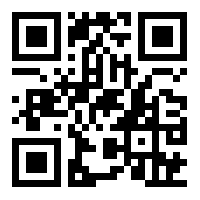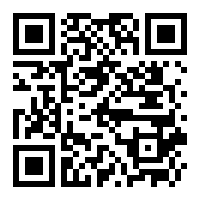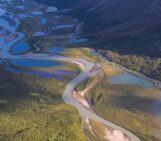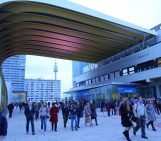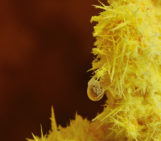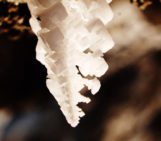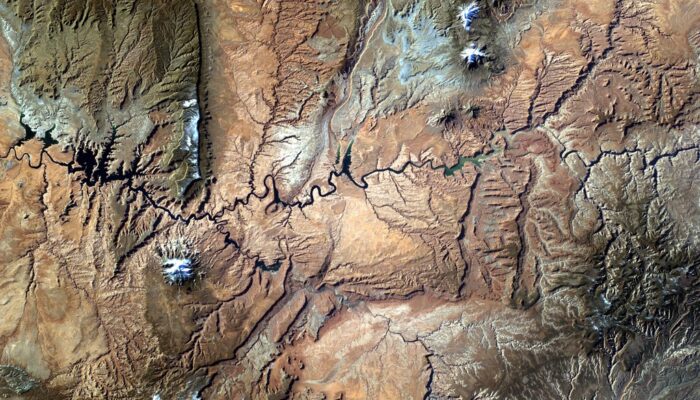
This photo was taken from the International Space Station (ISS), approx. 400 km above the Earth, in the NASA-led educational project Sally Ride EarthKAM (www.earthkam.org), Mission 58, April 2017. The image was requested by a team of 10th and 11th grade students from the National College of Computer Science, Piatra-Neamț, Romania, coordinated by me. The lenses used on the digital camera mounted on the ISS are 50 mm focal length. The area photographed is a region of 185.87 km wide and approx. 123.5 km long, from Utah, USA. The view is spectacular, a perfect equilibrium between mountains, canyons, lakes and bays.
It’s just one of the pictures that my students had the opportunity to get from the ISS. Even though we weren’t there on the ISS to trigger the camera, all the locations in which the photographs were taken were chosen by us, on the track of the ISS.
The project activities were very complex. The students learned about the Earth, its rotation and gravity, and about the space station and its orbit. They completed their knowledge of physics, understanding how from the ISS orbit we can have another perspective of the Earth. They chose the places on the Earth to be photographed, studied these regions and monitored the weather conditions for better photo opportunities. They identified the places on Google Earth, analysed the photos and then created QR codes for some of them.
Below are the QR codes for the photo “Awesome trip above the Earth”:
The ISS became an innovative learning environment for the students. The astronauts’ availability for engaging in educational programmes, sharing their extraordinary experiences of becoming aware of the beauty and fragility of the Earth from the ISS orbit, has increased the attractiveness of learning about space. As Sally Ride, the first American astronaut woman on the ISS, said:
“When I was orbiting Earth in the space shuttle, I could float over to a window and gaze down at the delicate white clouds, brilliant orange deserts, and sparkling blue water of the planet below. I could see the coral reefs in the oceans, fertile farmlands in the valleys, and twinkling city lights beneath the clouds. Even from space, it is obvious that Earth is a living planet.”
The photo was integrated into a photo exhibition called “The Earth’s Colors” that I realised with my students at my college, which led the viewer on a global trip, discovering how beautiful and fascinating the Earth viewed from Space is. Satellite photography offered my students a new world perspective, encouraging them to ask questions and to search for the answers. It was a new and exciting way to travel and discover our planet.
The project was a great opportunity, not only for my students but also for thousands of other students around the globe, to study the Earth in a way that complements different subjects in order to better understand our world. It also has strengthened my conviction that, as the teacher and Challenger astronaut Christa McAuliffe said:
“…space is for everybody. It’s not just for a few people in science or math, or for a select group of astronauts. That’s our new frontier out there, and it’s everybody’s business to know about space.”
By Diana Cristina Bejan, physics teacher, The National College of Computer Science, Piatra-Neamț, Romania
Imaggeo is the EGU’s online open access geosciences image repository. All geoscientists (and others) can submit their photographs and videos to this repository and, since it is open access, these images can be used for free by scientists for their presentations or publications, by educators and the general public, and some images can even be used freely for commercial purposes. Photographers also retain full rights of use, as Imaggeo images are licensed and distributed by the EGU under a Creative Commons licence. Submit your photos at http://imaggeo.egu.eu/upload/.

